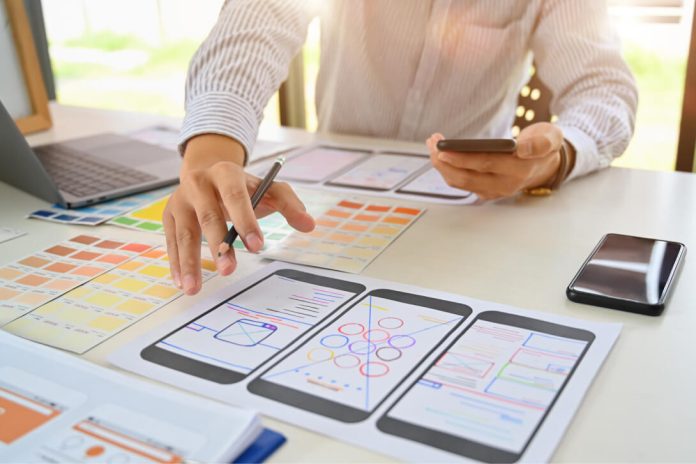The mobile user interface is rapidly changing. App Design developers must stay on top of trends with the advent of new technologies like altered reality and facial recognition. These are the top design trends for apps to keep in mind when developing one.
The Rise of Altered Reality
In recent years, augmented and virtual reality applications have gained in popularity. Pokemon Go, which allowed users to view Pokemon creatures “in real life” using their smartphone cameras, was one of the first apps that gained widespread acceptance and use. This game has changed how apps can be used as a bridge between digital and real-life experiences. App creators are now looking for innovative and new ways to incorporate augmented reality into their apps to improve the user experience. Snapchat and other established companies have used augmented reality. Consumer brands such as IKEA, Sephora and Warby Parker, however, are adopting this technology to make their customers more informed.
In the future, augmented reality will be a major part of app design people used mobile apps that use augmented reality this number is expected reach 1,73 billion people due to technological advancements and the widespread adoption of platforms such as Metaverse.
Engagement of a Hyper-Specific Audience in App Design
Hyper-targeting is going to be a key part of the user interface for smartphones. Since years, companies have used industries such as boutique marketing to define and target their audience. Hyper-specific marketing, up to this point, has been limited to the digital and physical world. This hyper-specific marketing is found in the pages of magazines and targeted Facebook ads. Businesses have greater access to consumer information than ever before. These data are being used by app developers to create platforms and features that specifically target these audiences. They can increase sales by using this data and connect better with their users.
Hyper-specific targeting is a great way to improve in-app gestures and features. The more an app developer knows about its users, the better he can customize the product. If, for example, the fitness app knows that users interact with it primarily while exercising, then simplifying the interaction will improve user experience. Instead of using a menu drop-down to access the different features in an app, you could use a minimalist design.
Dark Mode: It’s Important
Dark Mode is one of the most popular interfaces for non-default apps in many smartphone applications. The Dark Mode is compatible with a wide range of platforms, from social media to retail. Dark text on a background of white is standard across most platforms. Dark Mode allows users to access a version of an app with a white background and a dark backdrop. This is an important feature for those who are learning to build apps. It’s a simple but effective way to customize your app.
Dark Mode, a popular app trend now, will only grow in importance over the next few months and years. Many users have reduced their blue light exposure due to increased screen time during the coronavirus pandemic. The Dark Mode allows users to reduce eye strain that is often associated with excessive screen time. This allows users to spend longer in the application.
Dark Mode also helps users reduce battery drain. Users who are concerned about climate changes and their personal energy usage may find this important. Dark Mode gives users the impression that they’re reducing their carbon footprint even if it is minimal. This can lead to an improved app experience, and increased usage over time.
Conclusion
App trends can be applied in a variety of ways. Dark Mode is an easy addition to existing applications. A feature like altered reality, on the other hand, may require a skilled engineer or creative architect to implement. No matter if you’re a newbie or seasoned app developer, these trends will continue to be popular in the future. Take a lead by incorporating these trends now.










